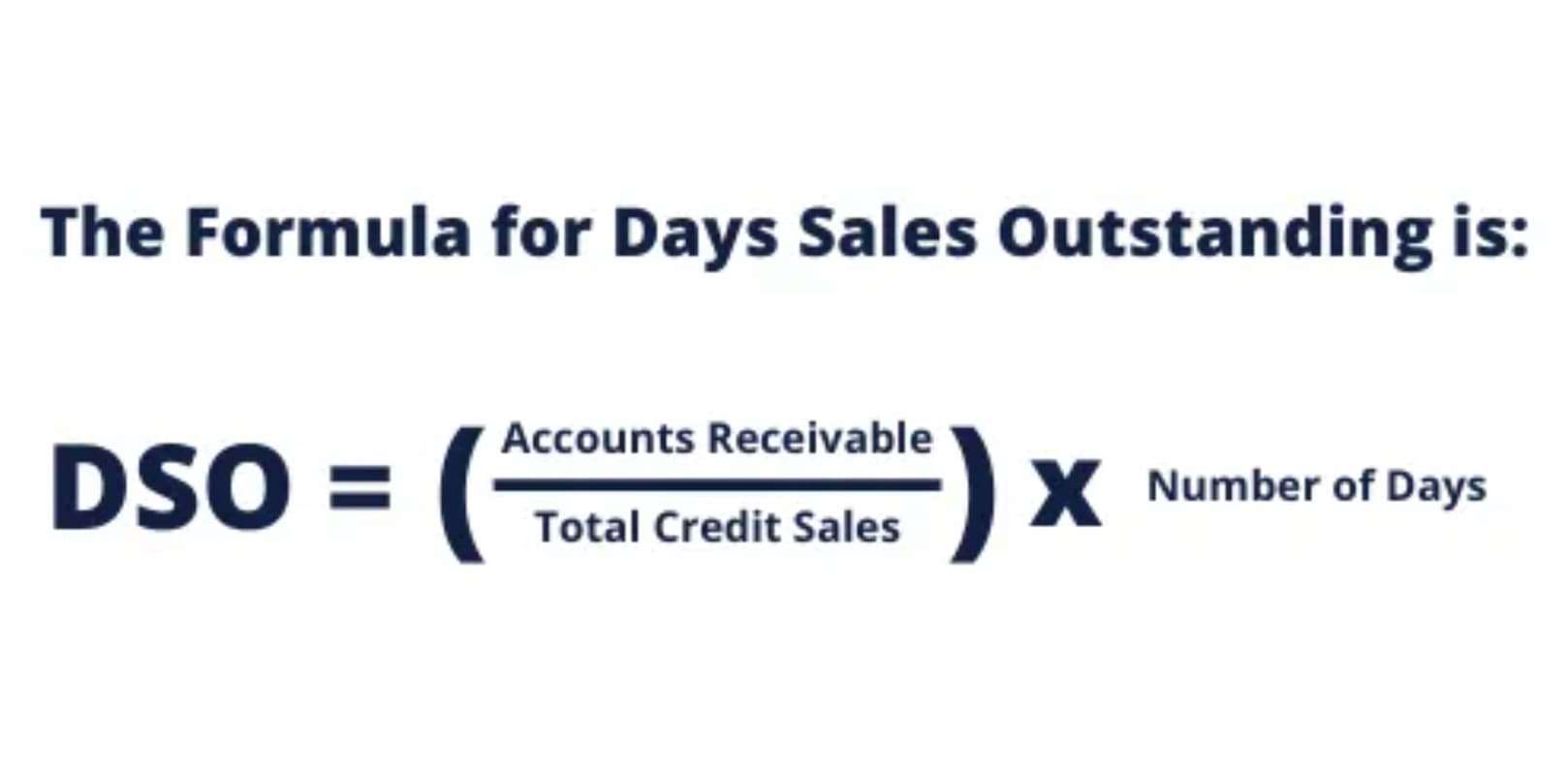
These can range from unexpected environmental conditions, material shortages, to technical difficulties. This involves identifying potential risks at the outset and developing strategies to mitigate them. Regular project meetings and communication among team members help in quickly identifying issues as they arise. Flexibility and adaptability are crucial, as plans may need to be adjusted to accommodate unforeseen circumstances. Proactive CARES Act problem-solving and decision-making are essential to keep the project on track and within budget.

Is Construction in Progress a Fixed Asset?
Overbilling occurs when a contractor bills for contracted labor and materials prior to that work actually being completed. The only risk that fades a bit at this construction phase is weather delays, as the building should be weathertight. Also, fund shortages from waiting for progress payments start to stretch construction companies a bit thin, and designers or project owners changing specs only worsens the issue. Since the building is still open to the elements, weather delays are still a big concern at the third stage. Also, the fear of bankruptcy doesn’t fade until the job wraps up and the construction in process checks clear the bank.

Construction-in-Progress Accounting (CIP)
Business A receives a $100,000 bill from Builder’s Warehouse for construction materials. 1) On March 11, 2021, Business A received a $100,000 bill from Builder’s Warehouse for construction materials. Caleb Woods is an experienced content specialist and an editor at Boom & Bucket, blending his journalism background with expertise in the heavy equipment industry.
- They ensure that the building is not only functional and safe but also meets the aesthetic and quality expectations of the client.
- One common framework to understand the building process is the 12 steps of construction.
- This step includes establishing temporary facilities such as site offices, water supply, and electricity.
- Submit your email, and our team will reach out to discuss how we can help with tailored financial solutions.
- Once the foundation is set, the next step is constructing the structural framework.
- It ensures clarity for stakeholders and auditors by providing an accurate view of active commitments in ongoing projects.
How to Register for CIS: Guide for Contractors & Subcontractors

It will use cement from its own inventory, therefore, debiting the inventory account. Frequent internal audits help verify the accuracy of CIP accounts and identify any discrepancies early on. While joint checks and joint check agreements are common in the construction business, these agreements can actually be entered into… Subcontractors are still feeling the effects of retainage and fund shortages, and they should still be worried about bankruptcies on the site.

Together, they form the backbone of the design process, translating client Accounting for Churches requirements into practical, executable plans. When the warehouse is completed, this $750,000 is transferred to the “Building” account, and depreciation begins based on its useful life. In this guide, we’ll break down what construction-in-progress (CIP) accounting is, why it’s important, and how to implement it effectively.
- This approach not only guarantees the structural integrity and functionality of the building but also ensures compliance with legal and safety standards.
- These changes must be carefully documented and approved to ensure that the additional revenue and costs are accurately reflected in the financial statements.
- AI is transforming asset management by enabling predictive maintenance, automation, and data-driven decisions.
- Detailed CIP records give stakeholders confidence in a company’s financial practices, especially during audits.
- This approach aligns with the matching principle in accounting, which states that expenses should be recognized in the same period as the revenues they help generate.
- Along with warranty information, providing detailed maintenance guidelines is crucial.

Because construction projects necessitate a wide range of prices, CIP accounts keep construction assets separate from the rest of a company’s balance sheet until the project is complete. Another significant aspect of managing CIP in a multi-project environment is maintaining accurate and up-to-date financial records. Each project must be tracked individually to ensure that costs are correctly attributed and financial statements reflect the true state of each project. This requires a robust accounting system capable of handling multiple projects simultaneously.
